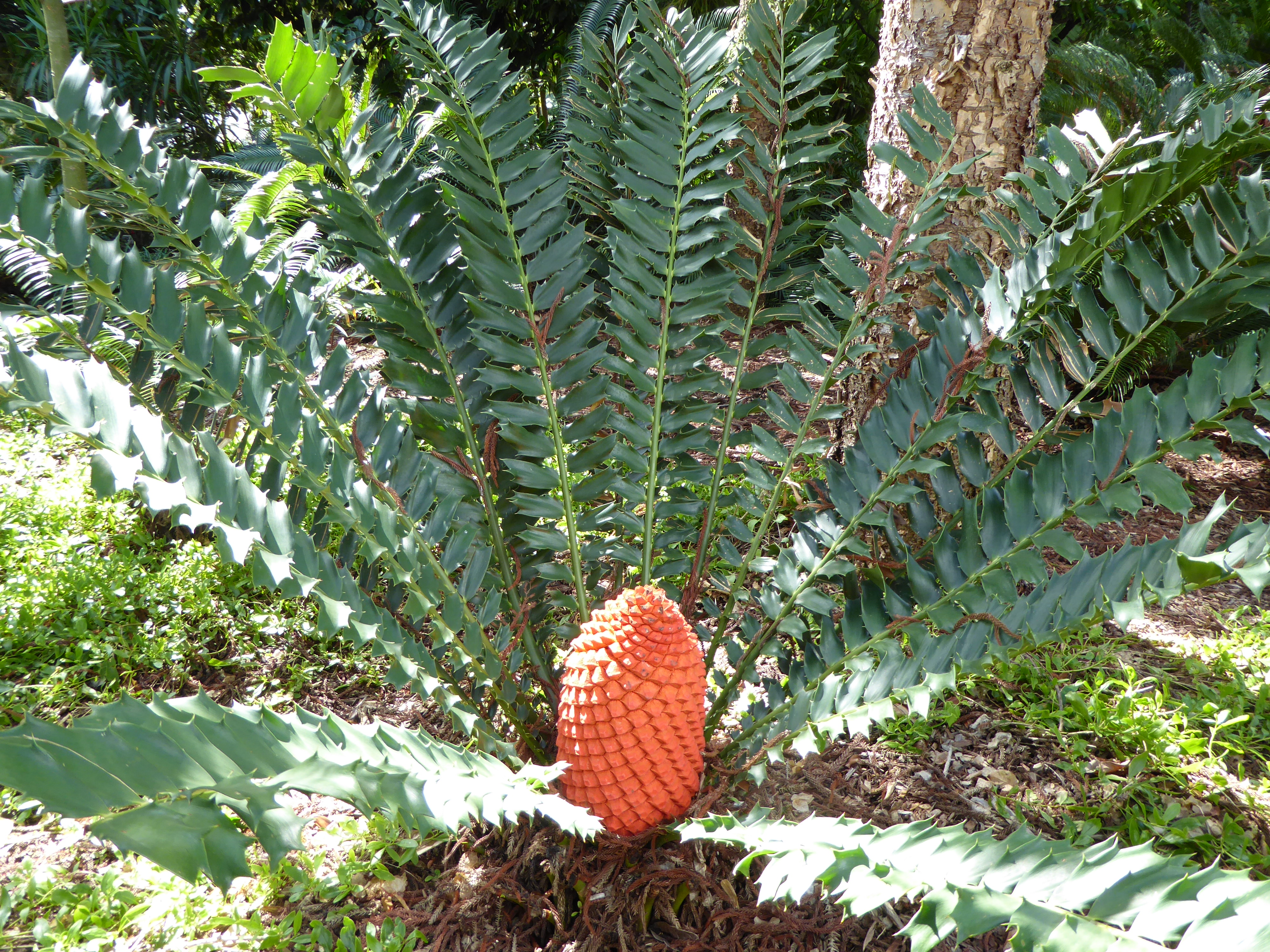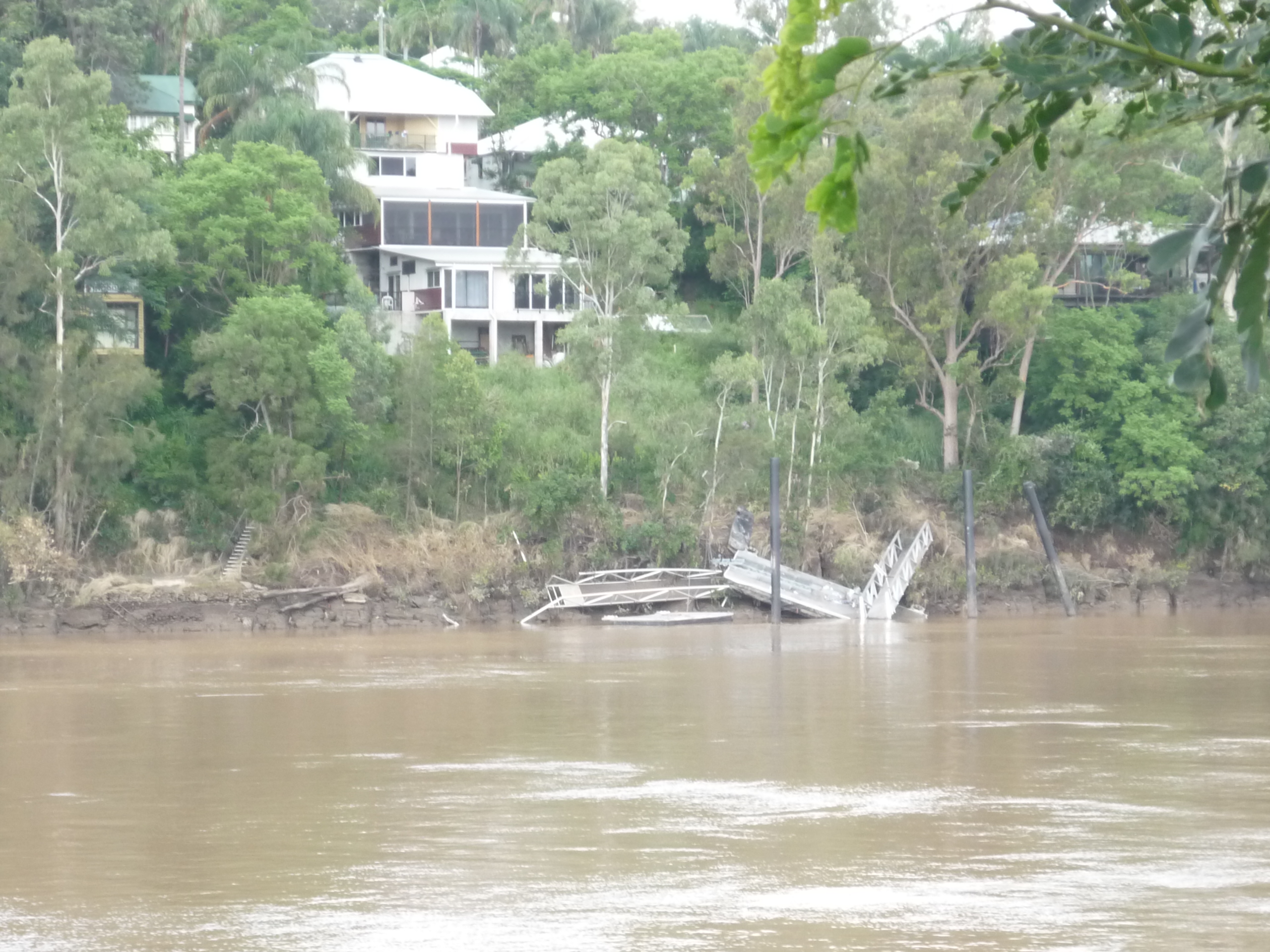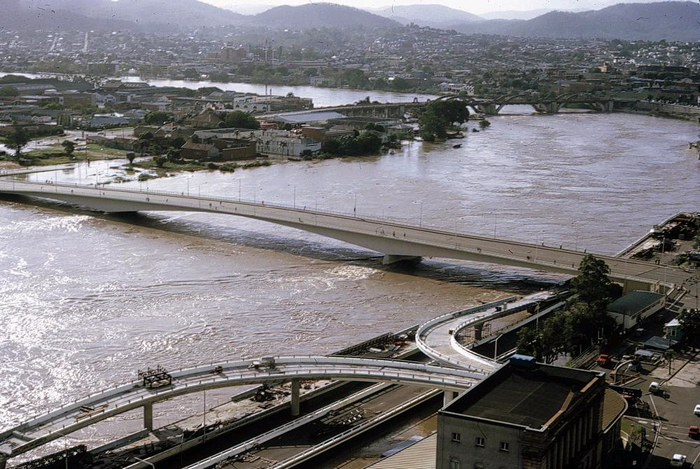We recently travelled to Venice in Italy. It is a truly magical city.
We travelled there from Florence and we travelled by train.
Here are a couple of things no-one told us about Venice:
First, even in late October, there are huge queues to get in to St Mark’s Basilica. In fact the queues were so long on the three times we tried to get in that we gave up. But if you get a Museum Pass you can see the Doge’s Palace and the Correr Museum, both of which are near the basilica, and both of which are mindblowing. The Doge’s Palace backs on to the basilica so you can see more of the outside of the basilica from the courtyard of the palace. The interior is totally overwhelming. The Correr Museum is in a building that has been used as a palace by royalty. It is well worth a visit but seems to be much less of a ‘must see’ for most people.
Second, yes it is easy to get lost in the city’s maze of small streets and alleyways, dead ends and canals. But that’s really no hassle. The city administration has put up a number of signs on houses and shops in the street maze with the directions of the major attractions: per S. Marco and per Rialto, for example. So you can find your way to the the major iconic places and if you know where you are going to in relation to that icon you are home. That was how we always managed to get back to out hotel, which was not far from the Rialto Bridge.
Third, everyone mentions the canals and their bridges but no-one makes it clear that the the bridges are all designed for foot traffic only and have numerous stairs. It’s no fun dragging a suitcase, even one on wheels, up and over those bridges. At the railway station, and scattered about in the city, you will find porters with specially designed carts (two large wheels at the back, handles at the back, and two small protruding wheels at the front) that can manouever over the steps. We stuck to pulling our own, so crossing the bridges and steps is eminently possible (but we know for a fact that there were six bridges to cross between the railway station and the hotel; and forget about taking anything on wheels over the Rialto Bridge).
And last, there are lots of interesting places on the mainland outside Venice itself that are easily accessible by train. Because I’m an urban planner we travelled to see Palmanova, a planned town started in 1593, as a frontier fort and trading post by the Venetian Republic. We also went by train to the delightful, very pretty, and quite peaceful city of Treviso, northeast of Venice.



